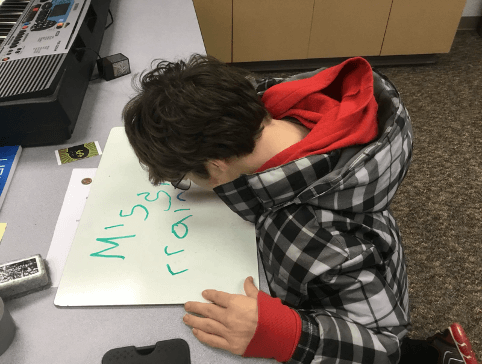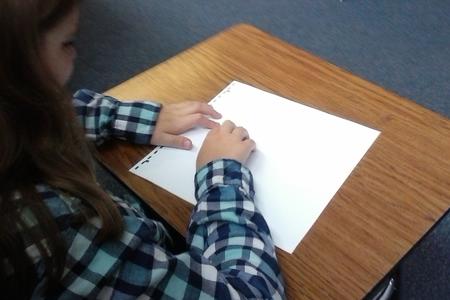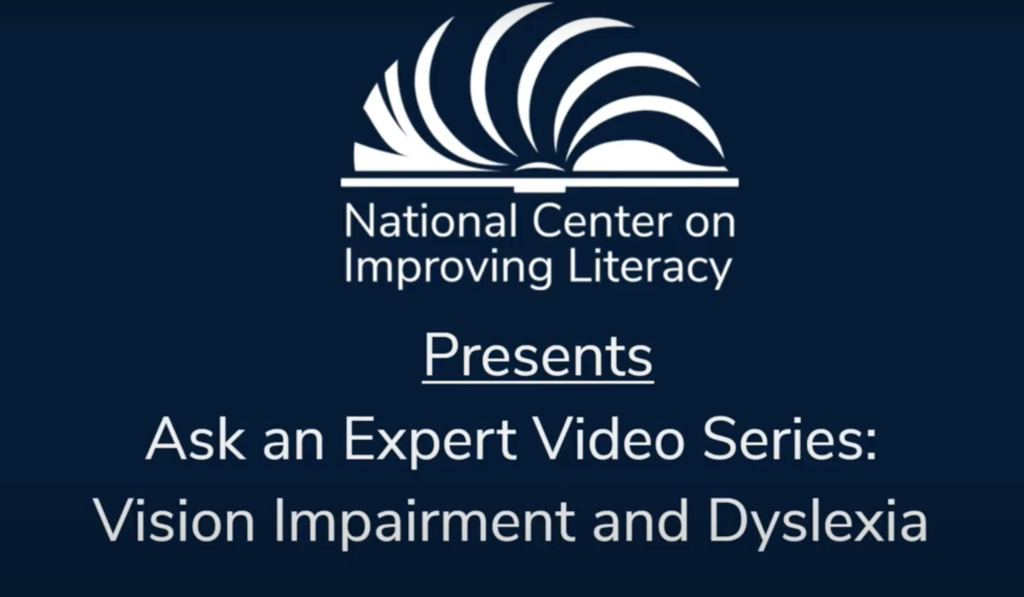Overview
Struggling Readers
When students demonstrate problems in reading, it is important to identify underlying causes. When diagnosed properly, targeted interventions help many children become successful readers. Causes can include inappropriate instructional strategies or the presence of specific learning disabilities. Do you know how to conduct a comprehensive evaluation to determine whether the visual impairment or other factors need to be addressed?







